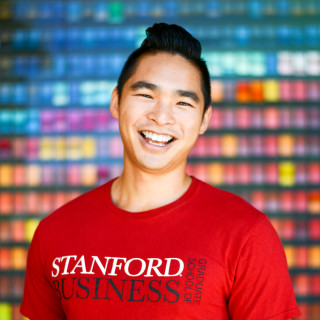
“Use the forceps to grab one side of the knot,” she said.
As I looked down into the eyes of this six-year-old boy, his big, blue eyes stared back at me. It was hard to determine which of us was more nervous: me or him. While I had observed this seemingly simple procedure once before at this suburban pediatric clinic, I had never held forceps in one hand and scissors in the other.
The famous phrase “see one, do one, teach one” had always seemed an exaggeration. Before this moment, it was only a caricature of medical education. Now, mid-procedure, I was already hoping I would not have to teach stitch removal to my fellow classmates on our next visit.
I slightly tugged on the knot. He winced and tears started to well up at the corner of his eyes. I looked to my preceptor with a look I could only guess was a mix of expectation, apprehension, and concern.
Unlike the medical school exams I could prepare for in advance, I was not prepared for this moment. How could I have been? This was not an easy, multiple-choice test offering solutions from which to pick. There was neither a flowchart nor pathway I could recall that would help me at that moment. Despite being guided by my preceptor, I was unsteady with these thoughts crossing my mind. I felt the lack of skills and qualifications to perform this procedure other than being a first-year medical student — one who was still largely naïve then. My attempts to make diagnoses could be verified by my preceptor, but a cut was physical. It was permanent.
Snip. Pull. A sigh of relief.
It was over. I had removed my first stitches from a patient. I smiled at the boy. He smiled back with his big, blue eyes.
As the family was leaving, my preceptor congratulated me on removing my first stitches. She even went to three medical students at the clinic to announce my success! In these celebratory moments, all feelings of nervousness are turned to glee. Those feelings of slight fear turn into a touch of pride. I started laughing at the hilarity of it all: I spent less than a minute on the entire procedure. Yet here we were celebrating what at first seemed daunting and now seemed trivial.
One thing struck me about both patients I saw who had their stitches removed. Neither of them cried. Both were brave enough to withstand the stuffy air of an enclosed room, the glare of fluorescent lights, the cool touch of suture scissors, and, for the second boy, the unskilled hands of a medical student. In learning to become a full-fledged physician, I realize I must be as brave as they were then.
In doing this, I need to balance two competing needs — both equally important to maintain our health care system. As much as we desire to give all patients the best care possible and that they deserve, we need to train our future doctors. We, in part, compromise our patient’s safety in the present so that patients may be treated with a level of quality equivalent or greater in the future. No memorization of protocols or practicing on simulations can match that of firsthand experience with a patient. In becoming a physician, each and every patient experience must be stitched together to form a cohesive medical education.
Will I still feel nervous for my next procedure and patient? Probably. This time though, it will be a nervousness tempered by courage — a courage forged from the knowledge that each trial will make a better physician out of me. I cannot wait.
Joshua Y. Yang is an MD-PhD student in bioengineering at Johns Hopkins University. While his number one hobby is baking, his number two is exercising so that he can eat the fruits of his labor.
Illustration by Jennifer Bogartz and April Brust







